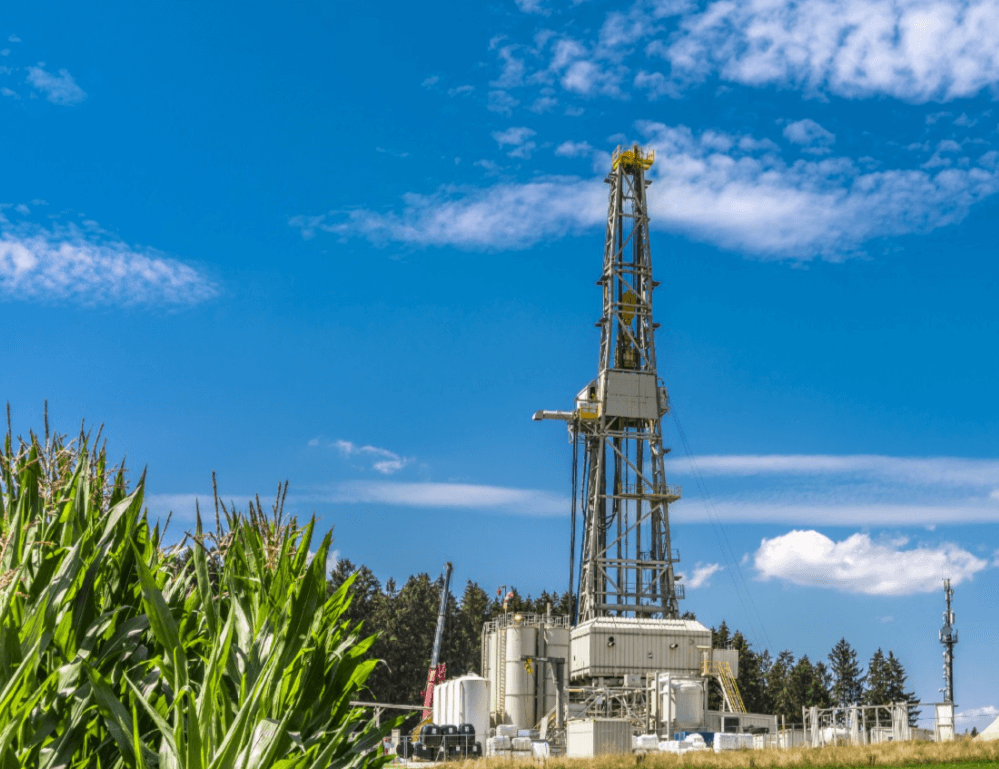The idea of a ban on hydraulic fracturing has — perhaps predictably — proved polarizing since being recently aired in the US presidential primary campaign.
The idea of a ban on hydraulic fracturing has — perhaps predictably — proved polarizing since being recently aired in the US presidential primary campaign. Lost in the debate has been the kind of production — volumes, quality — hypothetically at risk. Several presidential hopefuls have made headlines with their support for a fracking ban. While some commentators warned that such a measure would trigger a global recession and send oil and gas prices through the stratosphere, others were quick to point out that the US Government may in practice lack the authority to prohibit fracking on private lands, where most US onshore oil and gas production is occurring. Publicly available records show that there is some fracking taking place on Federal leases, however. In their raw, unprocessed form, the data, which are scattered among several states and non-homogenized, might look a bit cryptic. Once adequately processed, they show that most fracking on Federal lands is occurring in a specific subsection of the Permian basin: the New Mexico side of the Delaware sub-basin.
Federal-land fracking does not represent an irreplaceable share of US production, neither is it a footnote — thanks in part to the fact that wells on Federal leases have been punching above their weight. The Delaware sub-basin itself is one of the most prolific US basins, responsible for a large chunk of US supply growth in the last two years. Kayrros reckons that wells drilled on Delaware Basin Federal leases since the start of 2018 make up approximately 350 kb/d of new oil production. That’s roughly 14% of overall US production growth of about 2.5 million b/d over the same period, or 17% of Lower 48 growth of 2.1 million b/d.
Whether for geological or other reasons, tight oil wells on Federal leases are top performers. These wells have been substantially more productive than non-Federal wells in the past two years. Kayrros analysis of production data from nearly 1,000 wells on Federal leases show that the average Delaware Federal type curve outperforms both the Delaware and overall Permian average during its first 16 months of production. EOG Resources, an independent producer active in the basin, is a case in point: In the last two months, its average peakmonth oil-production rate on Federal leases has outperformed that of its average Delaware Basin well by nearly 25%.
Washington actually gives companies financial incentives to drill on Federal leases. As Matador Resources, another company with a sizable Delaware leasehold position, said in a recent press release, “Federal leases offer a number of attractive features as compared to fee and state leases. Most importantly, federal leases provide an 87.5% net revenue interest (“NRI”) as compared to approximately 75% NRI on most fee leases.”
The past is not prelude, however. In the last few months, as both drilling and fracturing activity started decelerating in a big way across US tight oil plays, the drop on Federal leases has been even steeper. Kayrros E&P Intelligence services provide near realtime measurements of drilling and completion activities across all five major US tight oil basins. These unique, highly granular bottom-up data can be broken down any which way and in particular shed light on the current pace of drilling and fracking activities on Federal lands as opposed to private lands. Remarkably, the Kayrros Rig Count on Federal leases has fallen by nearly 40% since August, more than twice an average 15% decline in the Permian as a whole. On the other hand, the Kayrros Frac Fleet count on Federal lands has ticked up, suggesting greater emphasis on completing wells and bringing them into production than on developing new ones. Whether the trend has anything to do with the policy debate going on in the US Primaries is anyone’s guess.
US companies have widely different stakes in Delaware Basin Federal leases. Not all companies are equally exposed to Federal leases, and the technological know-how of the producers most active on these lands might have as much to do with their performance as their geology. The most exposed Delaware Basin E&P completed more than 60% of its wells on Federal leases in the last two years. For all others the percentage was far less than 50%, all the way down to zero. The ranking of companies active on Federal leases changes when considering permitted wells rather than completed wells, however.
There is more than enough capacity in OPEC countries to make up for a drop in production growth on US Federal leases, so global oil supply is not substantially at stake. In the US itself, the potential for further production growth is obviously not limited to Federal leases, even if replacing these lands might entail venturing into less prolific private lands in New Mexico, Texas or elsewhere. Whether such a hypothetical shift would entail an oil price hike clearly depends on myriad other factors.

